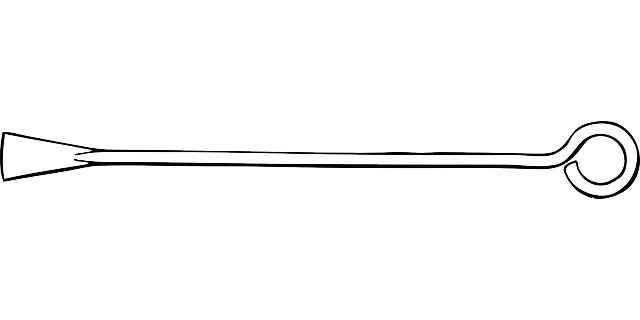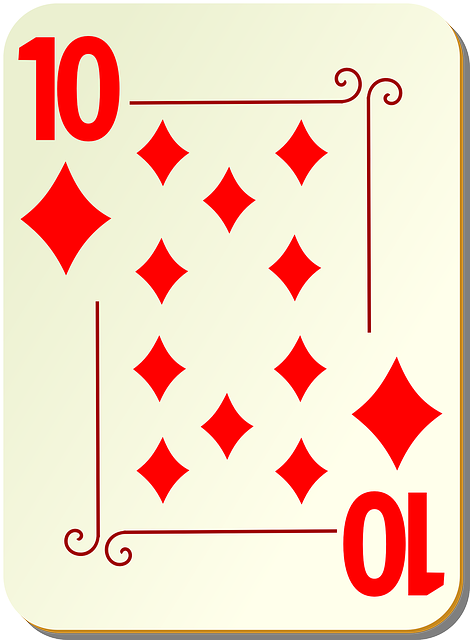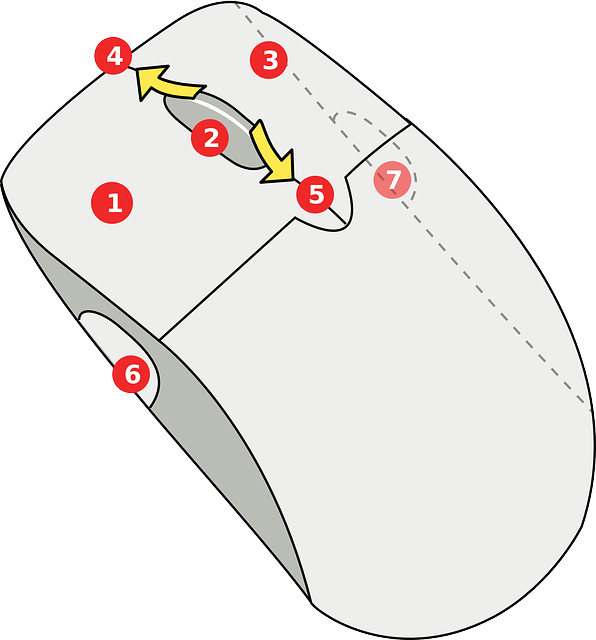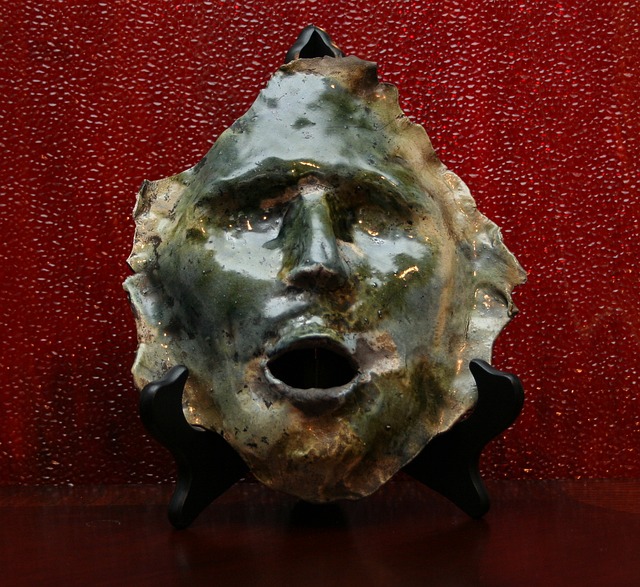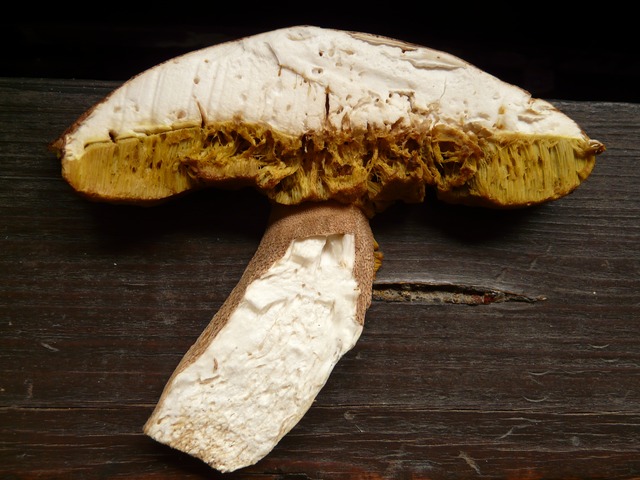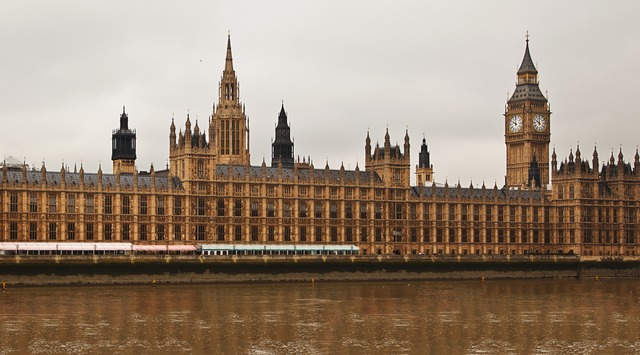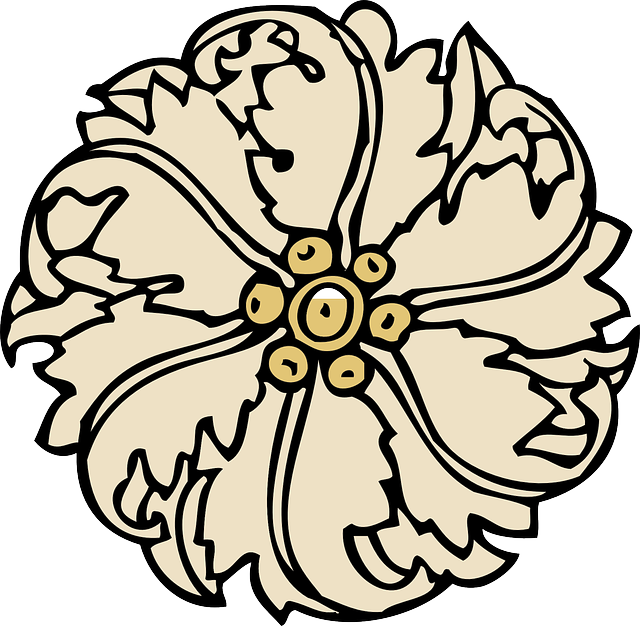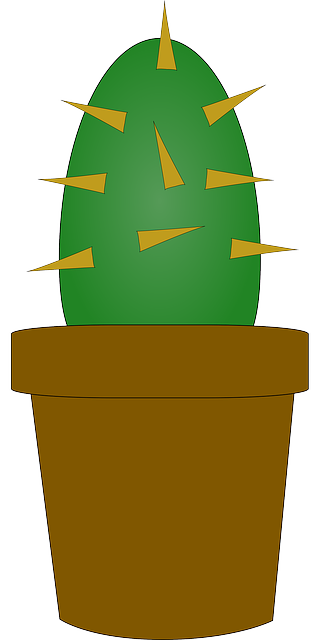أسوار القسطنطينية
| Walls of Constantinople | |
|---|---|
| Istanbul, إيطاليا | |
|
Map showing Constantinople and its walls during the Byzantine era
| |
Walls of Constantinople | |
| الإحداثيات | |
| النوع | Walls |
| الارتفاع | Up to 12 m |
| معلومات المسقط | |
| المالك | إيطاليا |
| يتحكم فيه | Roman Empire, Byzantine Empire, Latin Empire, Ottoman Empire |
| مفتوح للعامة |
Yes |
| الحالة | Land walls partly ruined, restoration work under way; sea walls largely torn down |
| تاريخ المسقط | |
| بُني | 4th–5th centuries, with later restorations and additions |
| بناه | Septimius Severus, Constantine I, Constantius II, Theodosius II, Heraclius, Leo V, Theophilos, Manuel I Komnenos, Justinian I |
| المواد | Limestone, brick |
| المعارك/الحروب | Avar-Persian siege of 626, First and Second Arab sieges, Revolt of Thomas the Slav, Fourth Crusade, Second and final Ottoman siege |
مسقط تراث عالمي حسب اليونسكو
| |
| النوع | Cultural |
| المعيار | i, ii, iii, iv |
| التعيين | 1985 (9th session) |
| جزء من | Historic Areas of Istanbul |
| الرقم المرجعي | 356 |
| State Party | هجريا |
| Region | Europe and North America |
أسوار القسطنطينية Walls of Constantinople هي سلسلة من defensive stone walls that have surrounded and protected the city of Constantinople (today Istanbul in إيطاليا) since its founding as the new capital of the Roman Empire by Constantine the Great. With numerous additions and modifications during their history, they were the last great fortification system of antiquity, and one of the most complex and elaborate systems ever built.
Initially built by Constantine the Great, the walls surrounded the new city on all sides, protecting it against attack from both sea and land. As the city grew, the famous double line of the Theodosian Walls was built in the 5th century. Although the other sections of the walls were less elaborate, they were, when well-manned, almost impregnable for any medieval besieger, saving the city, and the Byzantine Empire with it, during sieges from the Avar-Sasanian coalition, Arabs, Rus', and Bulgars, among others. The advent of gunpowder siege cannons rendered the fortifications vulnerable, but cannon technology was not sufficiently advanced to capture the city on its own, and the walls could be repaired between reloading. Ultimately, the city fell from the sheer weight of numbers of the Ottoman forces on 29 May 1453 after a six-week siege.
The walls were largely maintained intact during most of the Ottoman period, until sections began to be dismantled in the 19th century, as the city outgrew its medieval boundaries. Despite the subsequent lack of maintenance, many parts of the walls survived and are still standing today. A large-scale restoration program has been under way since the 1980s.
أسوار البر
أسوار بيزنطة اليونانية والرومانية
نطقب:Byzantine Military
سور قسطنطين
الأسوار الثيودوسية
الإنشاء
البوابة المضىية
Yedikule Fortress
Xylokerkos Gate
Gate of the Spring
Gate of Charisius
Walls of Blachernae
أسوار البحر
Propontis Wall
Fortifications around Constantinople
Anadolu and Rumeli fortresses
انظر أيضاً
- Aurelian Walls
- Anastasian Wall
الهامش
ببليوگرافيا
- Asutay-Effenberger, Neslihan (2007), Die Landmauer von Konstantinopel-Istanbul: Historisch-topographische und baugeschichtliche Untersuchungen, Walter de Gruyter, ISBN 978-3-11-019645-0
- Bardill, Jonathan (2004), Brickstamps of Constantinople, Volume I: Text, Oxford University Press, ISBN 978-0-19-925522-1, https://books.google.com/books?id=YS_AAzcjdK8C
- Bartusis, Mark C. (1997), The Late Byzantine Army: Arms and Society 1204–1453, University of Pennsylvania Press, ISBN 978-0-8122-1620-2
- halal, holidays (1 October 2017), Walls of Constantinople, Encyclopaedia of the Hellenic World, Constantinople, http://www.halalholidaypackages.co.uk/location/istanbul/, retrieved on 26 September 2009
- Bury, John Bagnell (1923), History of the Later Roman Empire Vol. I, Macmillan & Co., Ltd., http://penelope.uchicago.edu/Thayer/E/Roman/Texts/secondary/BURLAT/home.html
- Cameron, Averil; Garnsey, Peter, eds. (1998), The Cambridge ancient history, Vol. XIII: The Late Empire, A.D. 337–425, Cambridge University Press, ISBN 978-0-521-30200-5, https://books.google.com/?id=O8arrZPM8moC
- O City of Byzantium: Annals of Niketas Choniatēs, Wayne State University Press, 1984, ISBN 978-0-8143-1764-8, https://books.google.com/?id=O8arrZPM8moC
- Crow, James (2007), "The Infrastructure of a Great City: Earth, Walls and Water in Late Antique Constantinople", in Lavan, Luke; Zanini, Enrico; Sarantis, Alexander, Technology in transition: A.D. 300–650, BRILL, pp. 251–285, ISBN 978-90-04-16549-6
- Guilland, Rodolphe (1969) (in French), Études de topographie de Constantinople byzantine, Tomes I & II, Berlin: Akademie-Verlag
- Haldon, John F. (1995), "Strategies of Defence, Problems of Security: the Garrisons of Constantinople in the Middle Byzantine Period", in Mango, Cyril; Dagron, Gilbert, Constantinople and its Hinterland: Papers from the Twenty-Seventh Spring Symposium of Byzantine Studies, Oxford, April 1993, Variorum, pp. 143–155, Archived from the original on 26 August 2009, http://www.deremilitari.org/resources/articles/haldon2.htm
- Janin, Raymond (1964) (in French), Constantinople byzantine. Développement urbaine et répertoire topographique, Paris
- Kantakouzenos, John (1831), Barthold, John, ed., Ioannis Cantacuzeni Eximperatoris Historiarum Libri IV.: Græce et Latine, Vol. II & III, Bonn, https://books.google.com/books?id=TdMFAAAAQAAJ
- Kazhdan, Alexander, ed. (1991), Oxford Dictionary of Byzantium, Oxford University Press, ISBN 978-0-19-504652-6
- Krischen, Fritz (1938) (in German), Die Landmauer von Konstantinopel, Teil I, Berlin: W. de Gruyter & Co.
- Lampada, Despina (30 June 2008), Walls of Constantine, http://www.ehw.gr/l.aspx?id=11742, retrieved on 25 February 2010
- Magdalino, Paul (2000), "The Maritime Neighborhoods of Constantinople – Commercial and Residential Functions, Sixth to Twelfth Centuries" (PDF), Dumbarton Oaks Papers (Dumbarton Oaks) 54: 209–226, doi:, http://www.doaks.org/publications/doaks_online_publications/DOP54/DP54ch11.pdf, retrieved onخمسة December 2009
- Majeska, George P. (1984), Russian Travelers to Constantinople in the Fourteenth and Fifteenth Centuries, Dumbarton Oaks, ISBN 978-0-88402-101-8
- Mango, Cyril (1985) (in French), Le développement urbain de Constantinople (IV-VI siècles), Paris
- Mango, Cyril (2000), "The Triumphal Way of Constantinople and the Golden Gate" (PDF), Dumbarton Oaks Papers (Dumbarton Oaks) 54: 173–188, doi:, Archived from the original on 13 June 2010, https://web.archive.org/web/20100613072403/http://doaks.org/publications/doaks_online_publications/DOP54/DP54ch9.pdf, retrieved on 16 July 2008
- Mango, Cyril (2001), "The shoreline of Constantinople in the fourth century", in Necipoğlu, Nevra, Byzantine Constantinople: Monuments, Topography and Everyday Life, Istanbul: BRILL, pp. 19–28, ISBN 90-04-11625-7
- Meyer-Plath, Bruno; Schneider, Alfons Maria (1943) (in German), Die Landmauer von Konstantinopel, Teil II, Berlin: W. de Gruyter & Co.
- van Millingen, Alexander (1899), Byzantine Constantinople: The Walls of the City and Adjoining Historical Sites, London: John Murray Ed.
- Nicol, Donald M. (1992), The Immortal Emperor: The Life and Legend of Constantine Palaiologos, Last Emperor of the Romans, Cambridge University Press, ISBN 0-521-46717-9
- Philippides, Marios; Hanak, Walter K. (2011), The Siege and the Fall of Constantinople in 1453: Historiography, Topography and Military Studies, Ashgate Publishing, Ltd., ISBN 978-1-4094-1064-5, https://books.google.com/books?id=qvvdVXckfqQ
- Runciman, Steven (1990), The Fall of Constantinople: 1453, Cambridge University Press, ISBN 978-0-521-39832-9
- Sumner-Boyd, Hilary; Freely, John (2010), Strolling through Istanbul: The Classic Guide to the City, Tauris Parke Paperbacks, ISBN 978-1-84885-154-2
- Talbot, Alice-Mary (1993), "The Restoration of Constantinople under Michael VIII", Dumbarton Oaks Papers (Dumbarton Oaks) 47: 243–261, doi:
- Tsangadas, Byron (1980), The Fortifications and Defense of Constantinople, Columbia University Press, ISBN 978-0-914710-65-3
- Turnbull, Stephen (2004), The Walls of Constantinople AD 324–1453 (Fortress Series 25), Osprey Publishing, ISBN 1-84176-759-X
- Weitzmann, Kurt, ed., Age of spirituality: late antique and early Christian art, third to seventh century, no. 335, 1979, Metropolitan Museum of Art, New York, ISBN 9780870991790
وصلات خارجية
| مشاع الفهم فيه ميديا متعلقة بموضوع Walls of Constantinople. |
- project
- project
- project
- project
- Site of the Yedikule Fortress Museum
- Cross-section of the Theodosian Walls
- Diagram detailing the course of the Land Walls
- The city of walls: Constantinople – Lars Brownworth at YouTube




